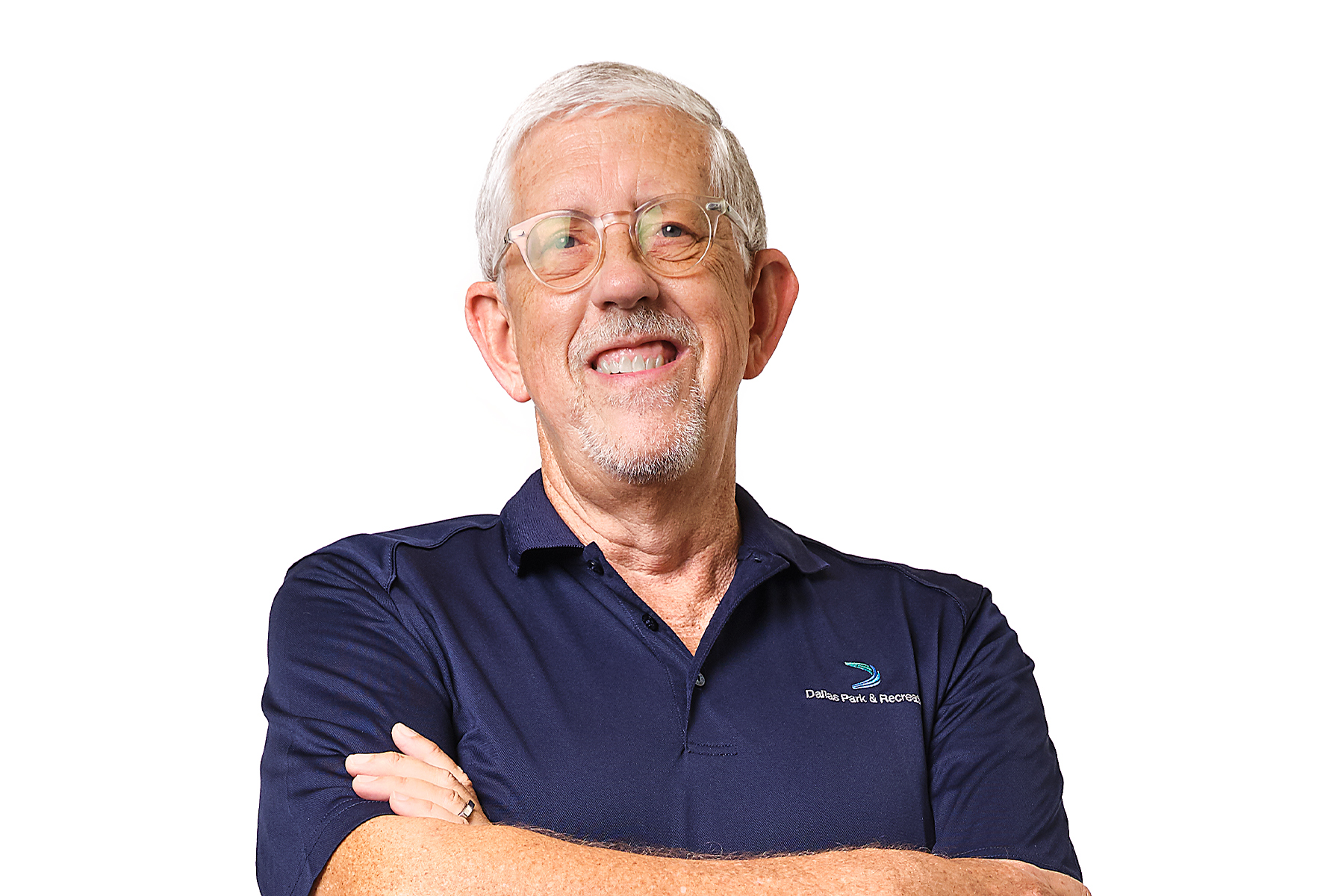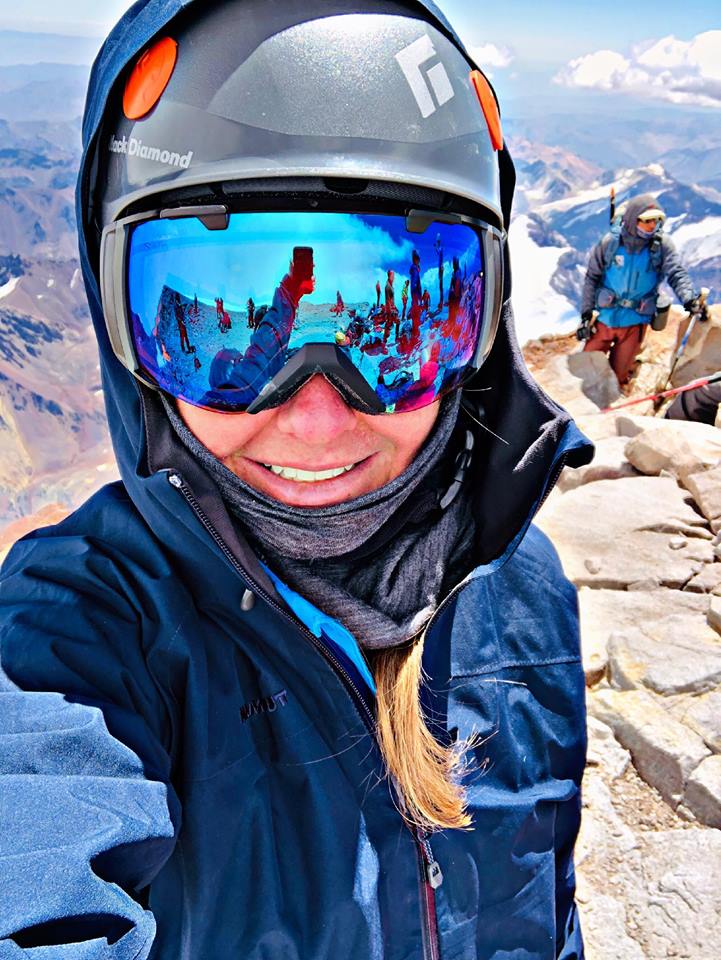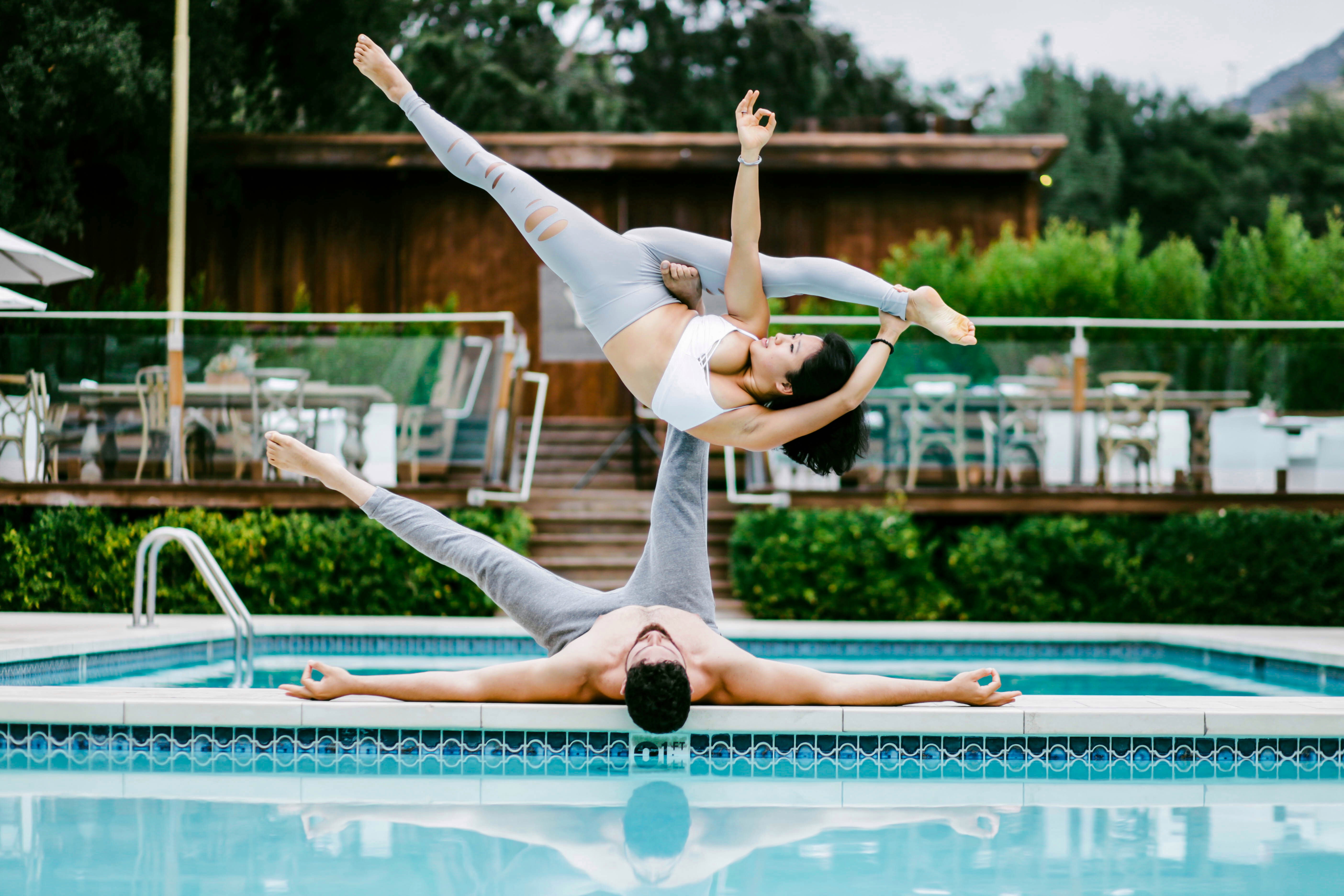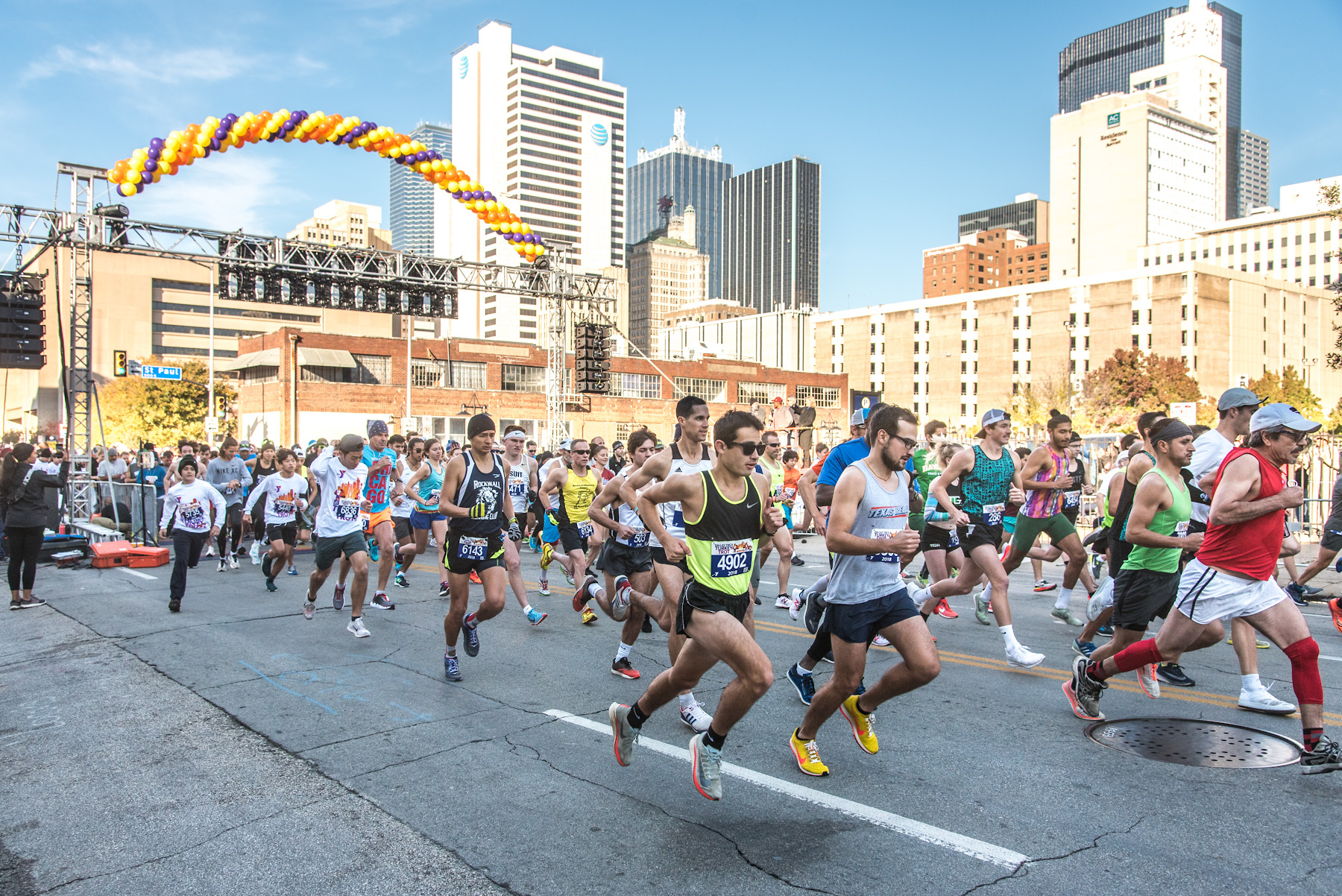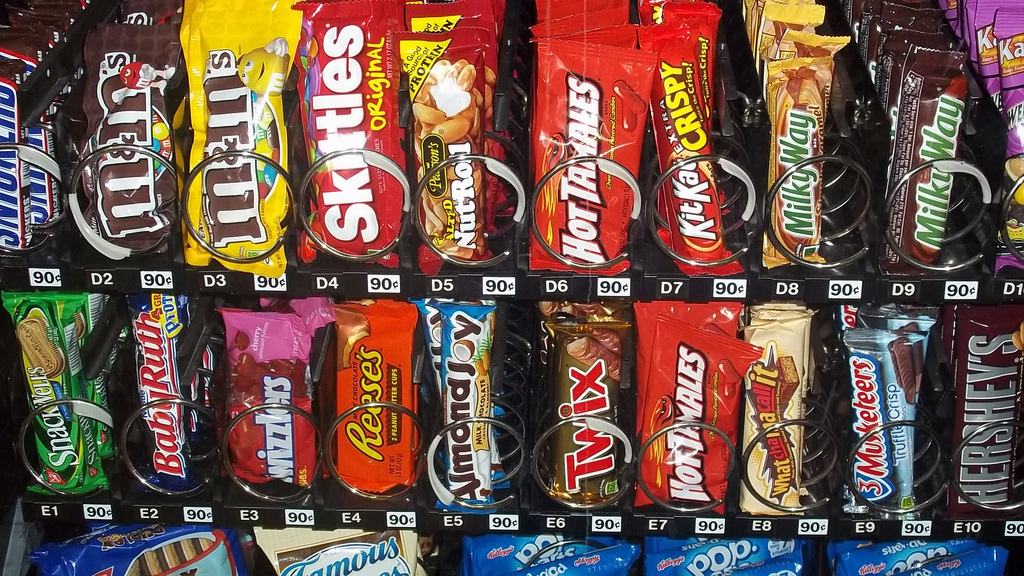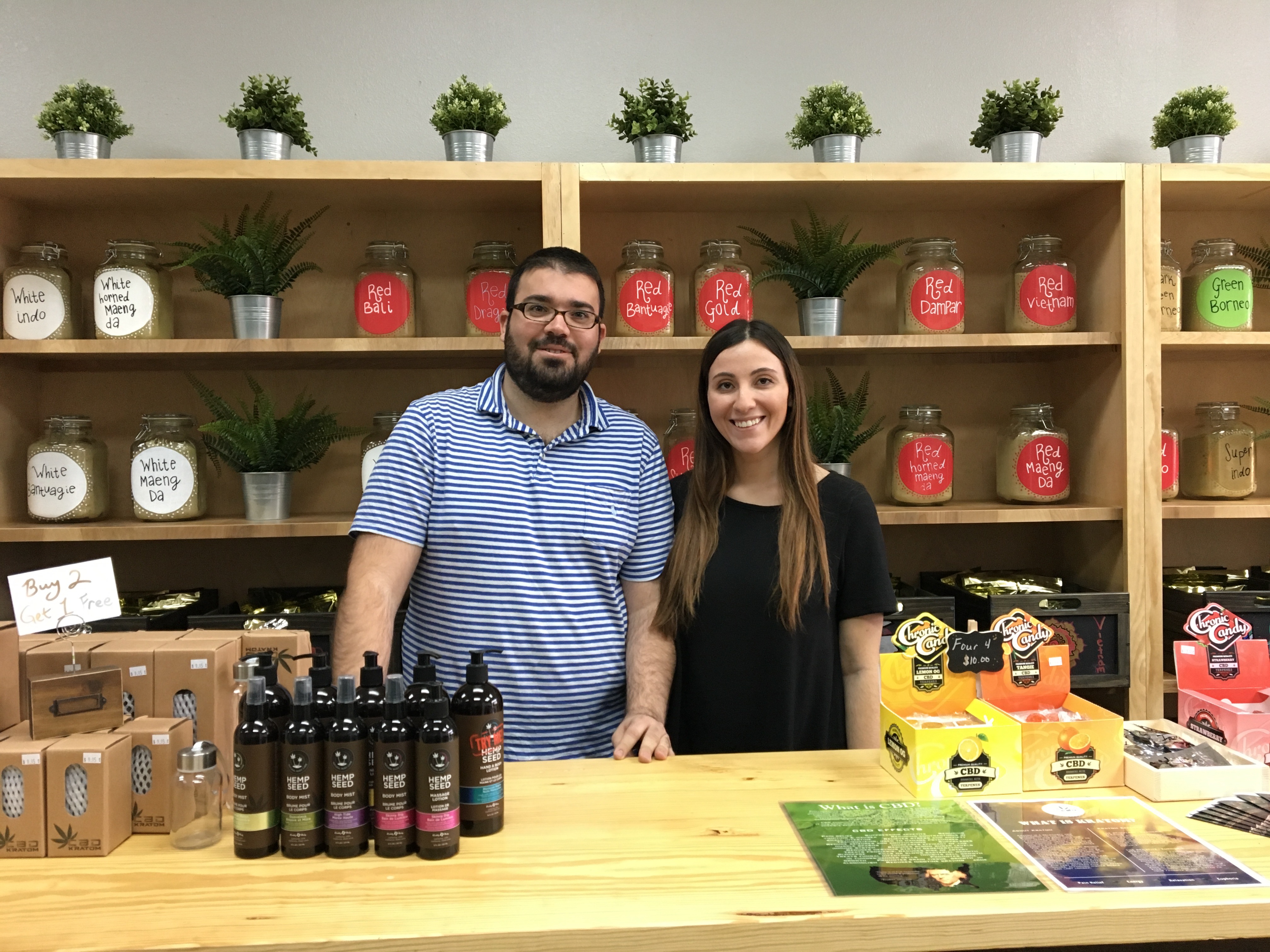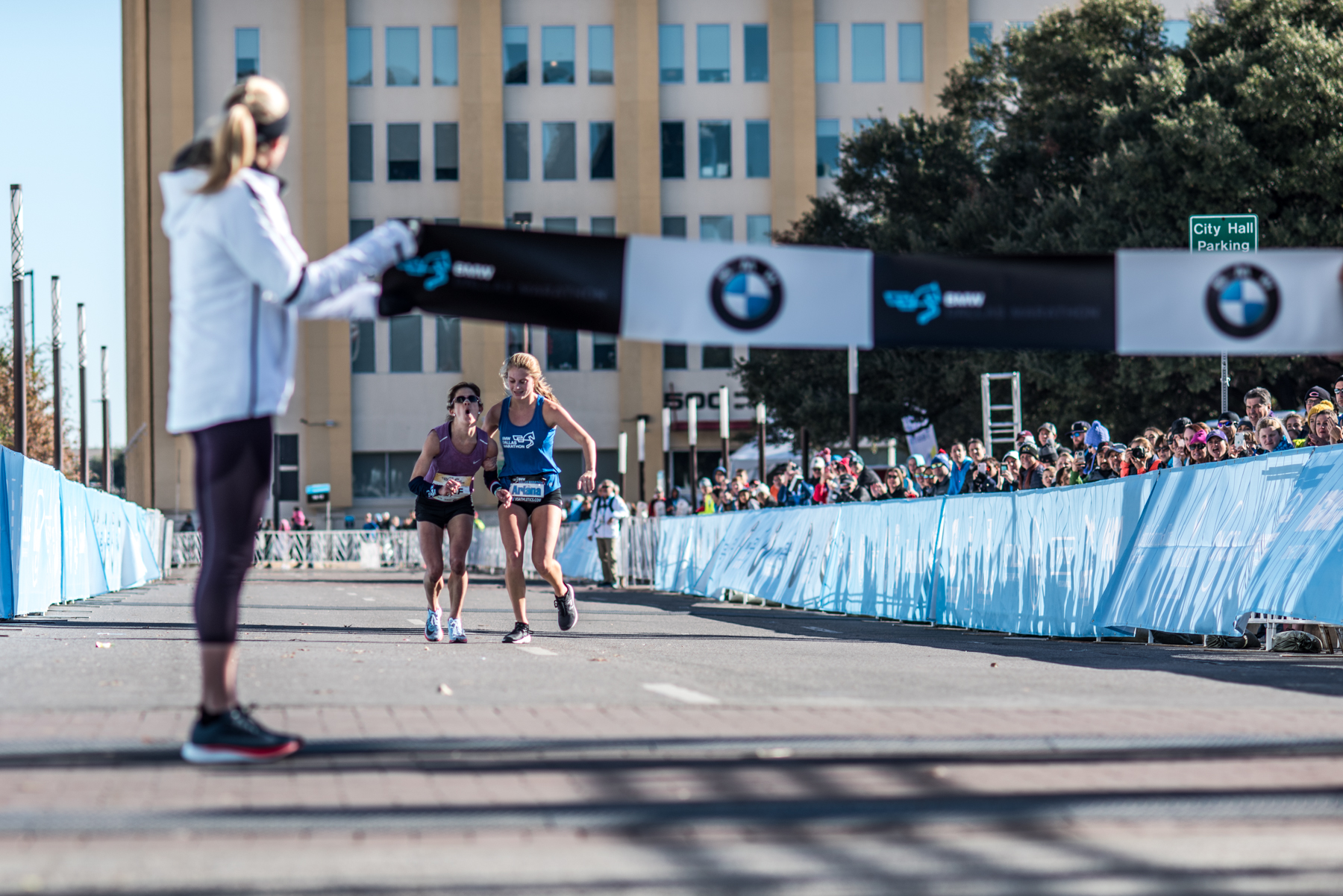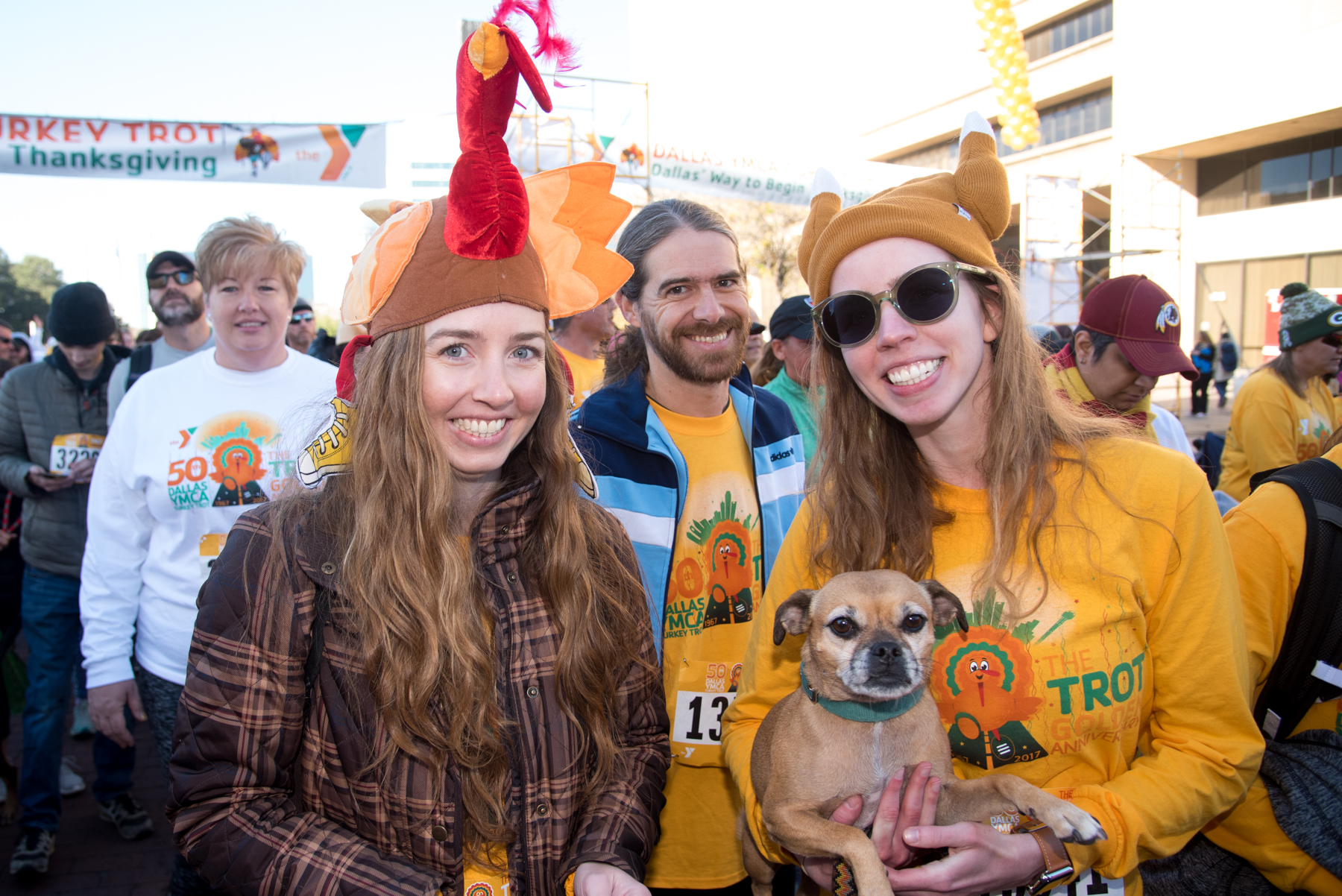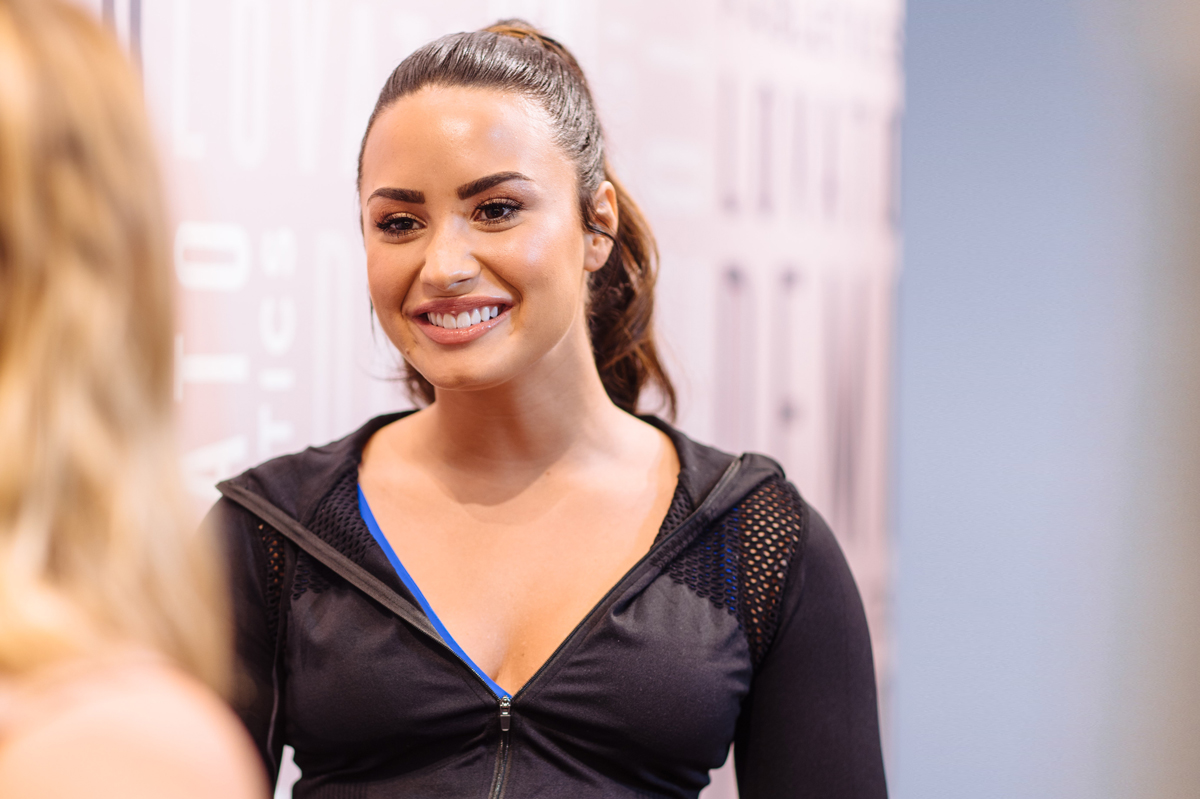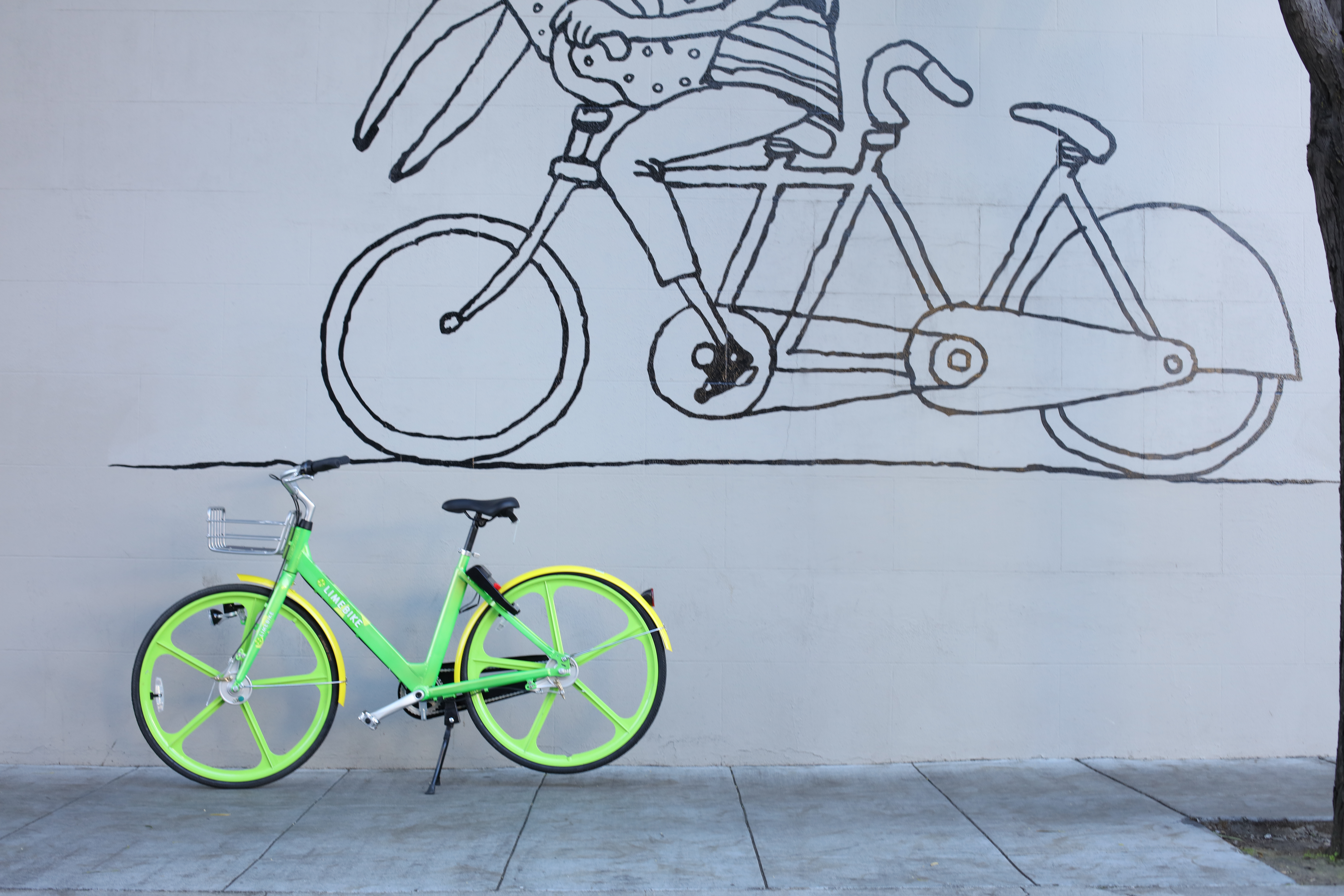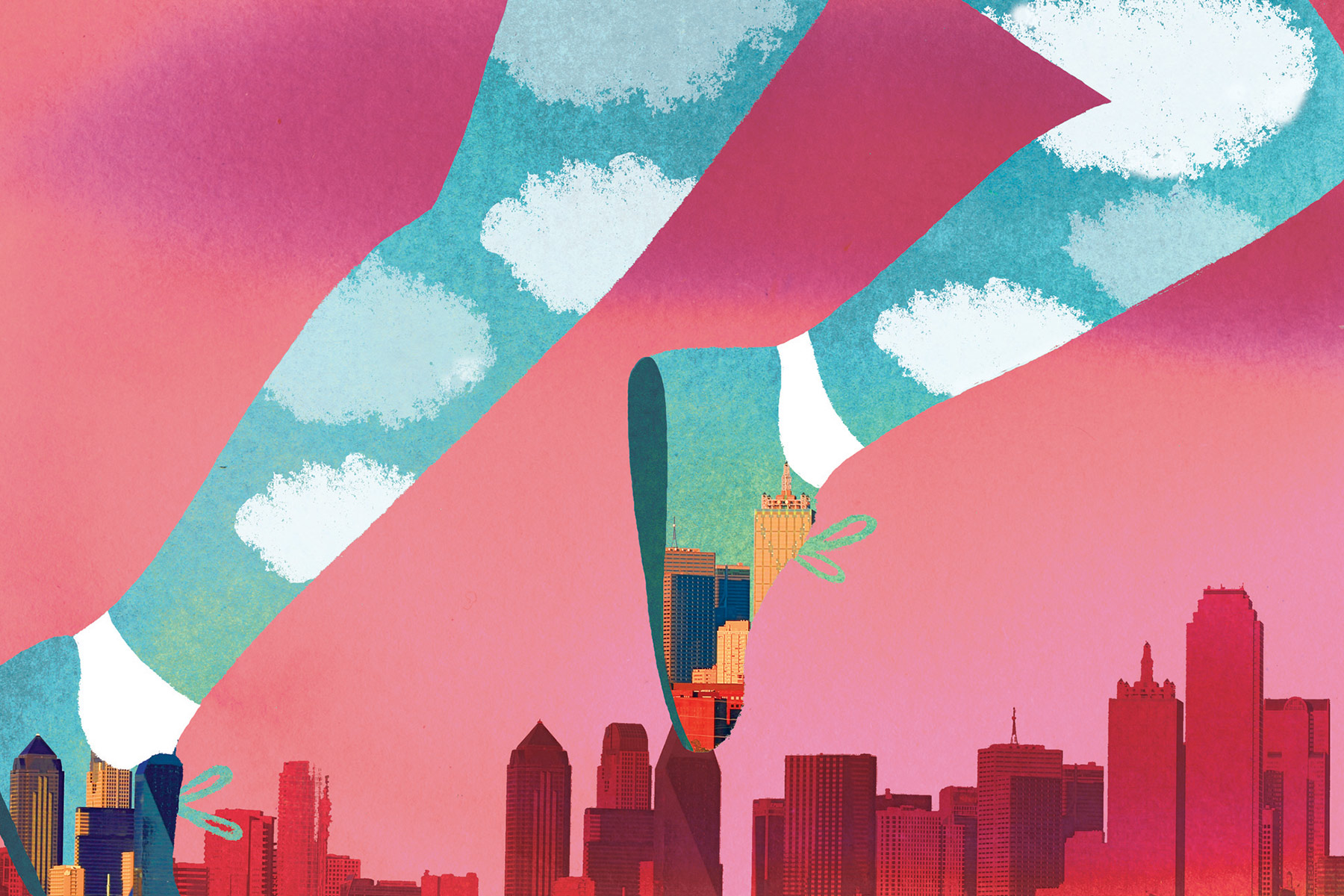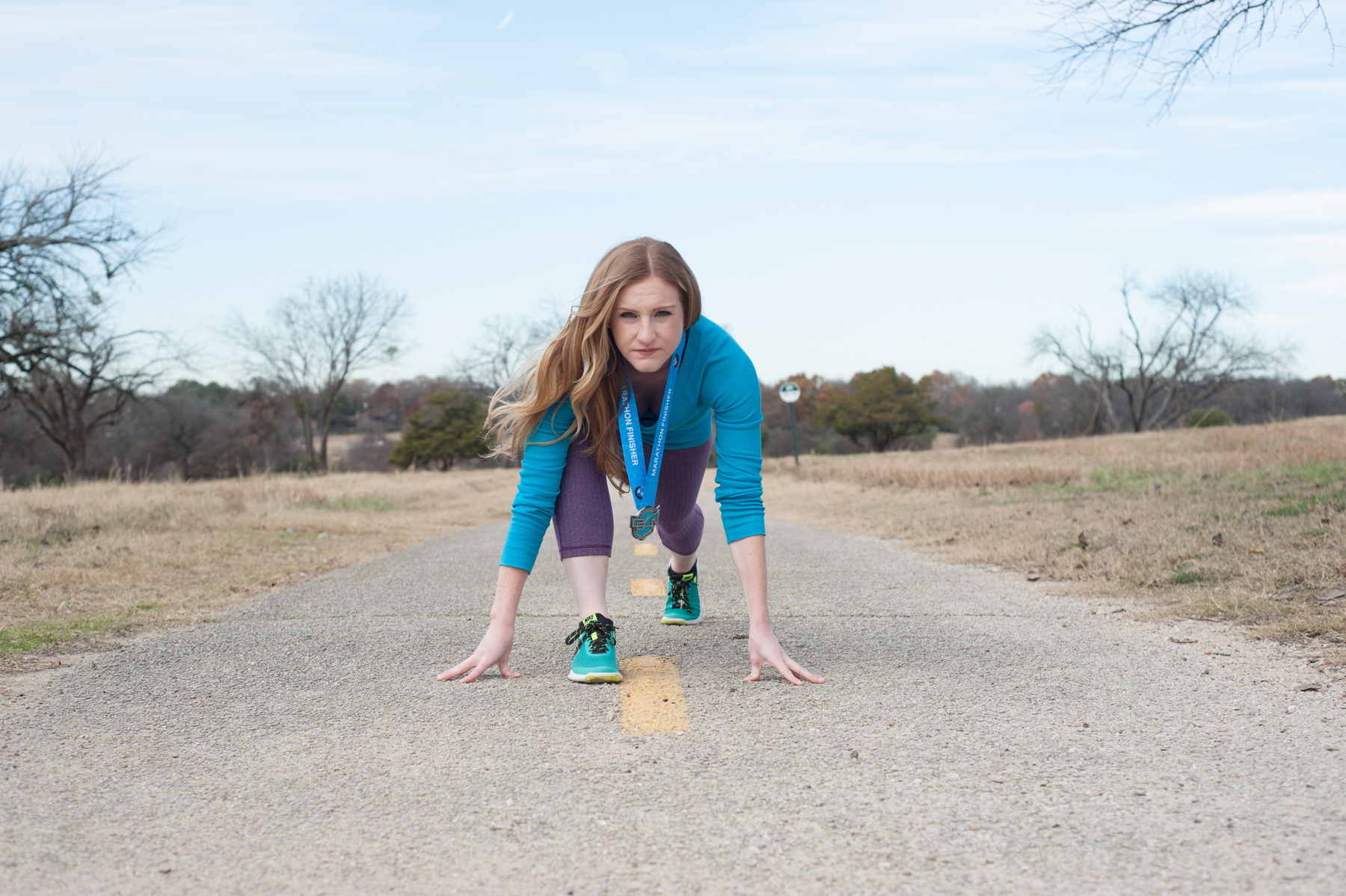`Here’s a hypothetical for you. Now that you are retiring this month, you have to visit one Dallas park for at least one hour every single day. Which park do you pick and why?
This is the architect and historian coming out in me. It’s got to be Fair Park because it’s such a grand public space for the city. It’s a complex park that has magnificent art deco buildings and monumental public sculpture, more than you can find anywhere else in the country. I think it embodies the history of Dallas like no other park in the city.
What’s your favorite spot at Fair Park?
Definitely the Esplanade. I think it’s one of the great urban vistas in the city. It was constructed in 1936 for the Texas Centennial. Every trolley in the city came to those front gates. The process of walking in, through that series of axial spaces, is amazing. The Urban Land Institute named it one of the great public spaces in America.
Your dad was also a parks director, in Garland. Did his job lead you to yours?
Absolutely. He was the first director of Garland’s park department, in 1955. Yeah. He passed away in ’82. He was still director when he died. So I can definitely say it was in my blood. When he would go into the office on weekends, I would head to the drafting room in back. They had park planners with drafting tables. I would go back there and sit at the drafting tables and look at all the cool things that they were working on. That made me from a very early age want to be an architect. I went to the University of Texas, graduated, worked for a great Dallas architect for 12 years, and then had an opportunity to join the Park Department. That was in 1993. Here I am almost 27 years later. I never ever saw this coming.
What’s the one accomplishment from your run that you’re proudest of?
I have had the privilege of participating in the planning of six bond programs. That probably adds up to over $1 billion in improvements to the Dallas park system. You know, I was one of the few park directors in America that was an architect. So I had a definite focus on design. I did projects that impact the entire city but also projects that impact neighborhoods on a granular level. We had a Pavilion Program, about 40 picnic pavilions across the city. We could have ordered model No. 3 out of the picnic shelter catalog, but instead we hired architects and landscape architects from around the state and nation—and even, in one case, internationally. I’m pretty proud of that.



